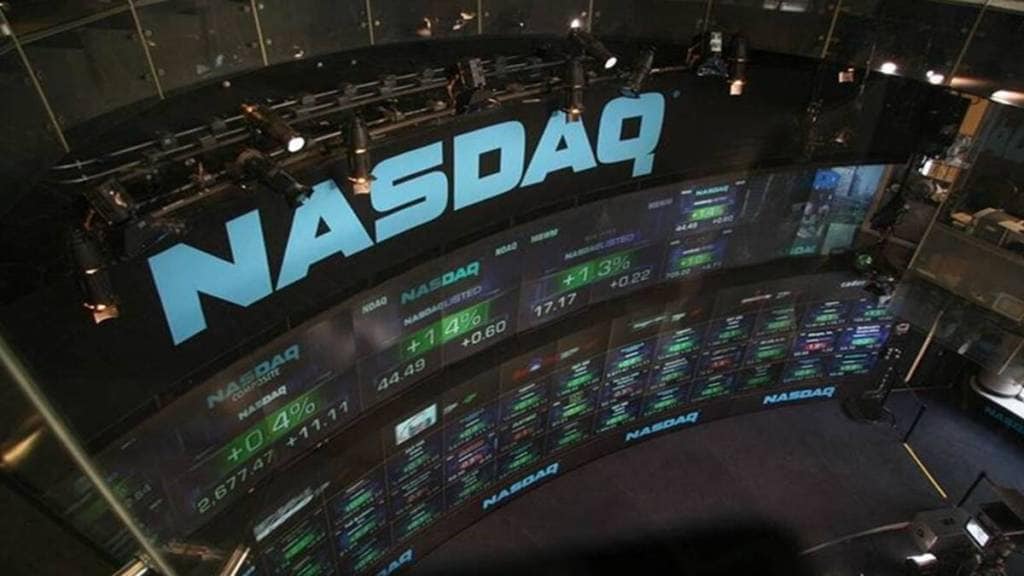NYSE FANG+ index is up by over 60% so far this year and has comfortably beaten the tech-heavy Nasdaq 100 by a wide margin. For investors primarily interested in taking exposure to the US technology sector, there are three things to look at – Nasdaq 100 index, FAANG stocks and the NYSE FANG+ index.
Nasdaq 100 is a notable technology index of the US stock market. Most of the world’s leading blue-chip corporations, including Tesla, Apple, Microsoft, Amazon, Meta (the parent company of Facebook), Alphabet (the parent company of Google), and many others, are listed on the Nasdaq-100 Index. The tech-heavy Nasdaq 100 index is up by almost 30% so far this year.
FAANG stocks, which stand for Facebook (Meta is the parent company), Apple, Amazon, Netflix, and Google (Alphabet is the parent company), are the Nasdaq 100’s bellwether companies. As of March 31, 2023, the top eight businesses — Microsoft, Apple, Amazon, Tesla, Google, Nvidia, Meta, and Alphabet (including Class A and C shares of Google) – accounted for over 51.17% of the entire market value.
NYSE FANG+ is a unique gauge bringing the best of Nasdaq 100 and FAANG stocks into one index. NYSE FANG+ is an equal-dollar weighted index and has only 10 top global stocks in the index, in addition to the FAANG stocks. The ten stocks in the NYSE FANG+ index are – Meta (META), Apple (AAPL), Amazon (AMZN), Netflix (NFLX), Microsoft (MSFT), Google (GOOGL), Tesla (TSLA), NVIDIA (NVDA), Snowflake (SNOW) and Advanced Micro Devices (AMD) The NYSE FANG+ index is up by almost 52% so far this year.
One of the most closely associated indices to technology and related stocks, the NYSE FANG+ index outperforms many of its peer indices. All of the stocks in its underlying composition are equally weighted, enabling for a portfolio that is more diverse and well-represented. It also includes shares of five other tech-enabled companies in addition to the FAANG stocks.
The NYSE FANG+ Index continues to consistently outperform other key US indices. The index has returned a 23.66% annualized total return from September 19, 2014 to April 30, 2023, as compared to 15.77% for the NASDAQ-100, 10.91% for the S&P 500 and 18.89% for the S&P 500 Information Technology Index.


